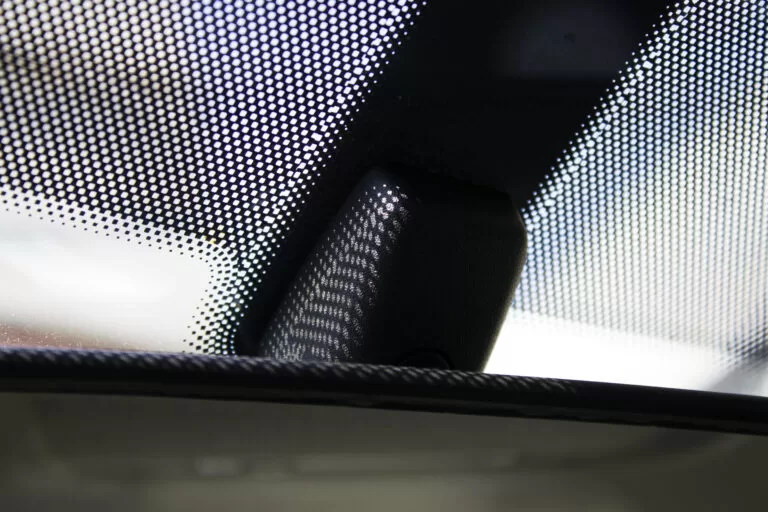Unlocking the Mystery: The Significance Behind Black Dots on Your Car’s Windscreen You Need to Understand
Experts hail the black dots on car windshields as an engineering marvel, often overlooked but integral to the overall functionality. These dots form part of the frit band, an enamel paint strip with a textured surface encircling the windshield’s edge. This band plays a crucial role in enhancing the grip of both the glass and adhesive, ensuring a secure attachment of the windshield to the car.

Beyond their structural function, the black dots also act as a sun shield, protecting the adhesive from potentially damaging UV radiation. This shield prevents the adhesive bond from weakening over time due to prolonged sun exposure.
During the manufacturing process, the dot matrix, composed of progressively smaller dots, contributes to the uniform distribution of temperature across the windshield. This proactive measure prevents “lensing” or optical distortion, ensuring that straight lines remain true on the glass.
The aesthetically pleasing transition from the black frit border to transparent glass is attributed to the gradual fading of the black dot matrix. Additionally, this design choice serves to reinforce the windshield’s structural integrity, minimizing its vulnerability to damage.
In essence, those seemingly inconspicuous black spots on your windshield serve a multifaceted purpose, playing a vital role in the intricate engineering of your vehicle.

